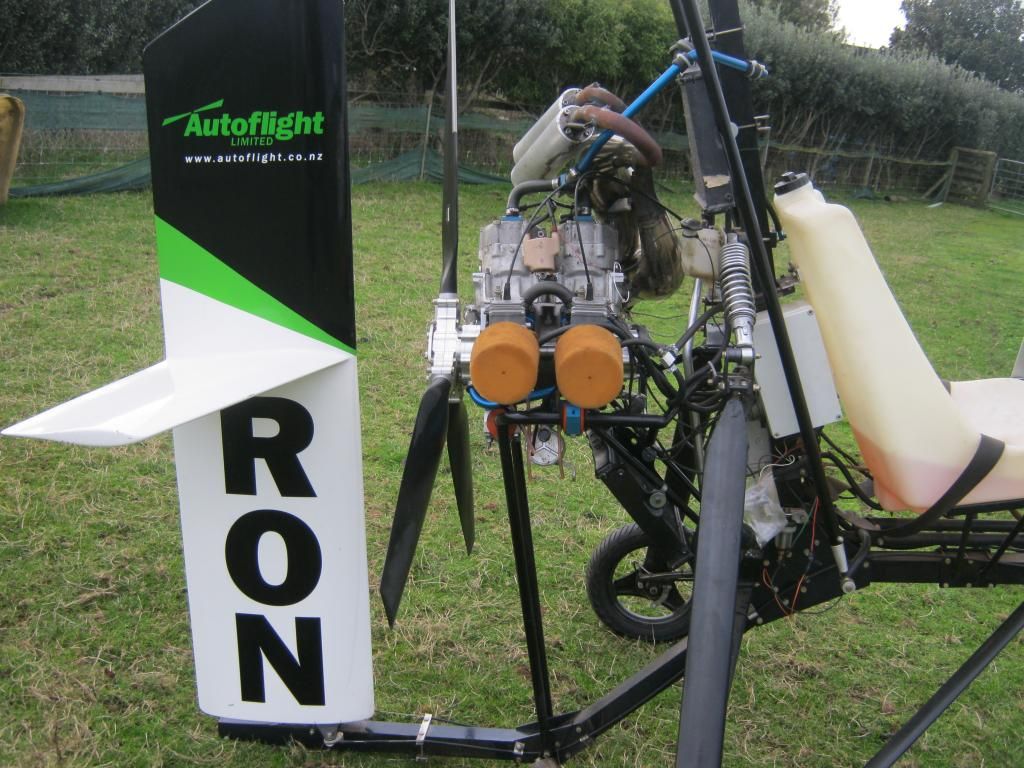If F1 has been the peak of IC engine development then the regulations allowing only poppet valves must have been the main thing that has kept the concept of ice development firmly in the pre-war era.
For four valves per cylinder that would of course be the 1914 18 war.
- Login or Register
No account yet? Sign up



